
Rimstone dams (or gours) are calcite or other mineral barriers that
pond streams or shallow pools in caves. They tend to form stairsteps when
in a series, and often extend into flowstone
deposits above or below (as in the second photo in the group of smaller images). Often flowstone
is festooned with tiny micro-gours on horizontal surfaces. |
![]()
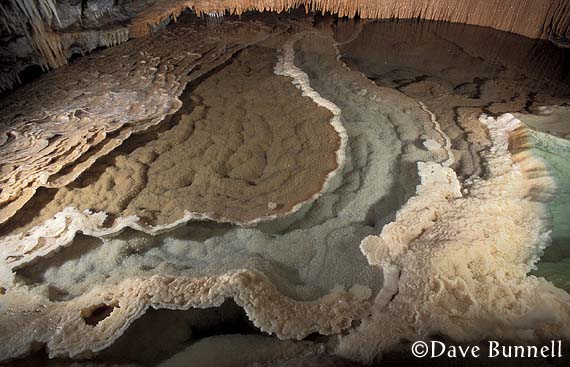
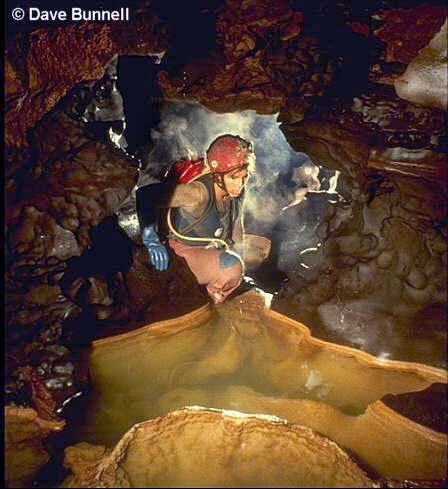
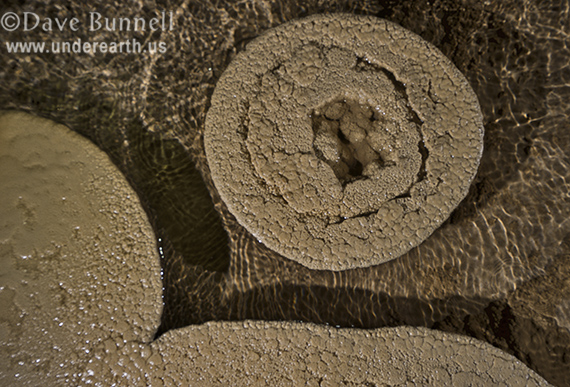
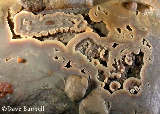 |
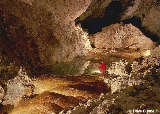 |
 |
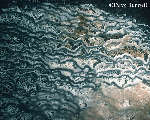 |
Choose a thumbnail to zoom in on more images of rimstone
![]()
| Back to: | |
 |
Created: June 19, 1995 Last Updated:March 26, 2019 Author: Djuna Bewley & Dave Bunnell |